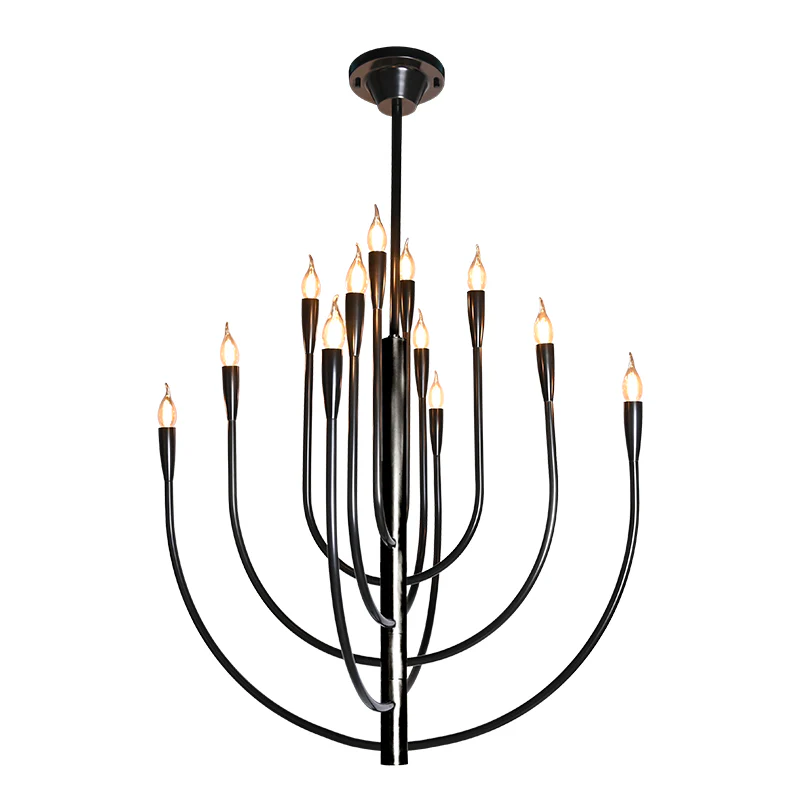Sustainable Industrial Light Sources: A Path to Eco-Friendly Solutions
Sustainable Industrial Light Sources: A Path to Eco-Friendly Solutions
As the world becomes increasingly aware of the environmental impacts of traditional lighting solutions, the demand for sustainable Industrial light sources is on the rise. These innovative lighting solutions not only reduce energy consumption but also minimize carbon footprints, making them an ideal choice for modern industries. In this article, we will explore different types of sustainable Industrial light sources, their benefits, and practical tips for implementation. Additionally, we'll address some common questions regarding this important topic.
Understanding Sustainable Industrial light Sources
The use of sustainable Industrial light sources refers to lighting solutions that are designed not only to meet functional lighting needs but also to promote environmental sustainability. These light sources often include LED technology, solar-powered options, and other energy-efficient systems. Below, we will delve into various types of sustainable lighting and their applications.
1. Types of Sustainable Industrial light Sources
| Type of Light Source | Description | Applications |
| LED Lights | Light Emitting Diodes consume less energy and have a longer lifetime than traditional bulbs. | Manufacturing plants, warehouses, retail stores |
| Solar-Powered Lights | These lights harness solar energy and provide a renewable energy source. | Outdoor installations, remote areas |
| CFLs | Compact Fluorescent Lamps are more energy-efficient than incandescent bulbs. | Offices, factories |
| Smart Lighting Systems | Automated lighting controlled by sensors to optimize energy usage. | Smart factories, modern offices |
1.1 LED Lights: The Energy-Saving Powerhouse
LED (Light Emitting Diode) lighting represents one of the most significant advancements in lighting technology. By using up to 85% less energy than traditional incandescent bulbs, LEDs have a longer lifespan, lasting between 15,000 to 50,000 hours. This technology is not only cost-effective but also significantly reduces greenhouse gas emissions. Implementing LEDs in industrial settings can lead to substantial savings and a green image.

1.2 Solar-Powered Lighting: Harnessing the Sun
Solar-powered Industrial light sources utilize solar panels to convert sunlight into energy, providing an excellent alternative in areas with ample sun exposure. These systems can operate off-grid, making them perfect for construction sites, outdoor security lighting, and rural industrial locations. The initial investment can be higher, but savings on electricity bills make solar lights a sustainable investment over time.
2. Benefits of Using Sustainable Industrial light Sources
Transitioning to sustainable Industrial light sources offers numerous environmental and operational advantages. Here are some key benefits:
2.1 Cost Savings
Implementing energy-efficient lighting can significantly reduce energy bills. Although the initial costs may be higher, the long-term savings on energy costs and maintenance lead to a quicker return on investment.
2.2 Reduced Environmental Impact
The use of sustainable lighting reduces dependency on fossil fuels, thereby cutting down carbon emissions. As businesses strive for more sustainable operations, adopting eco-friendly lighting solutions can enhance their corporate social responsibility (CSR) profile.
2.3 Improved Workplace Conditions
Quality lighting can boost employee productivity and safety. Better visibility leads to fewer accidents and a more comfortable working environment, which can enhance employee morale and performance.
3. How to Implement Sustainable Industrial light Sources
Implementing sustainable lighting solutions requires careful planning and execution. Here are some practical steps to consider:
3.1 Conduct a Lighting Audit
Analyzing your current lighting system will help identify areas where energy efficiency can be improved. This audit should assess energy consumption, lighting quality, and the overall effectiveness of the existing lighting setup.
3.2 Set a Budget
While sustainable light sources may have a higher upfront cost, calculating the potential savings will help justify the initial expenditure. Consider possible funding or incentives for businesses that adopt eco-friendly technologies.
3.3 Research Options
Explore various sustainable lighting solutions to find the best fit for your industrial needs. Compare products based on energy efficiency, lifespan, and cost. Such research can often lead to discovering new technologies or solutions that can further enhance sustainability.
3.4 Train Employees
Educating employees about the benefits and operational aspects of sustainable lighting is essential. Engage them in the transition process and encourage sustainable practices within the workplace.
4. Frequently Asked Questions about Sustainable Industrial light Sources
Many professionals have questions regarding the implementation and effectiveness of sustainable Industrial light sources. Here are some common queries:
4.1 What is the lifespan of LED Lights compared to incandescent lights?
LED Lights generally last 15-50 times longer than incandescent bulbs. This longevity contributes to their cost-effectiveness and reduced waste production.
4.2 Are solar-powered lights effective in industrial applications?
Yes, solar-powered lights can be highly effective, especially in areas that receive abundant sunlight. They are often used for Outdoor lighting and in locations without access to traditional electricity sources.
4.3 How do I choose the right lighting solution for my business?
Selecting the best sustainable lighting depends on your specific needs, the quality of light required, available budgets, and whether the installation will be indoor or outdoor.
5. Conclusion
In conclusion, the transition to sustainable Industrial light sources is not only a responsible choice but also a smart business decision. With cost savings, reduced environmental impact, and improved workplace conditions, these lighting solutions are becoming integral to modern industries. As you consider making this shift, remember to conduct thorough research, engage your employees, and monitor the outcomes to ensure your sustainable lighting system meets your needs. Embracing sustainable lighting can illuminate the path to a greener future, benefitting both your business and the planet.
Ultimately, adopting sustainable Industrial light sources is about making choices that support environmental health while enhancing the efficiency and effectiveness of industrial operations. Moving forward, the commitment to sustainability in lighting can yield significant benefits and represents a critical step toward achieving broader corporate sustainability objectives.
